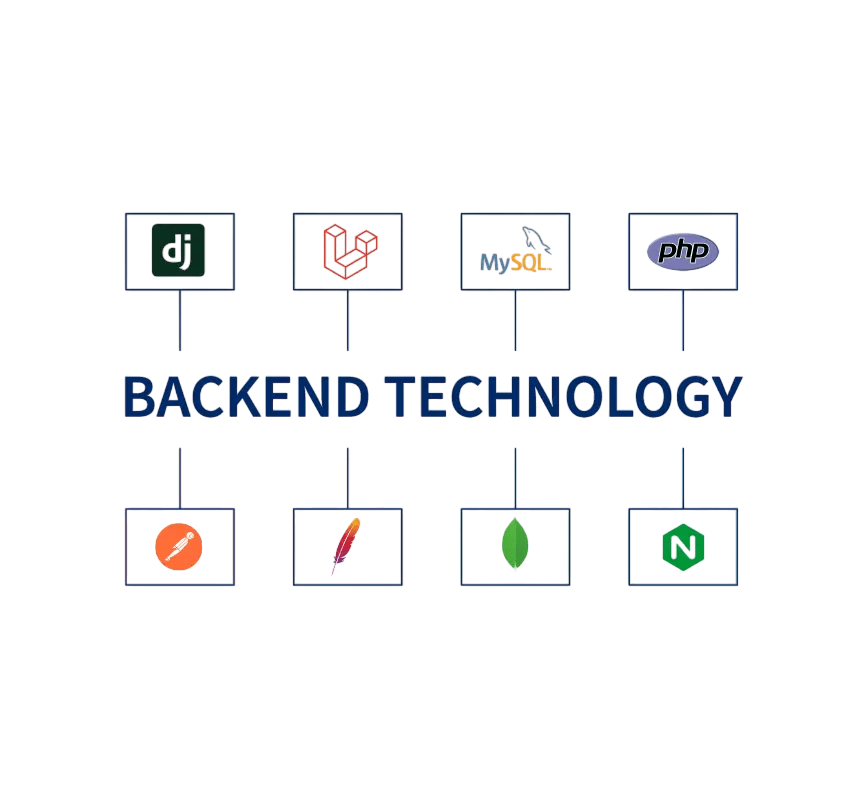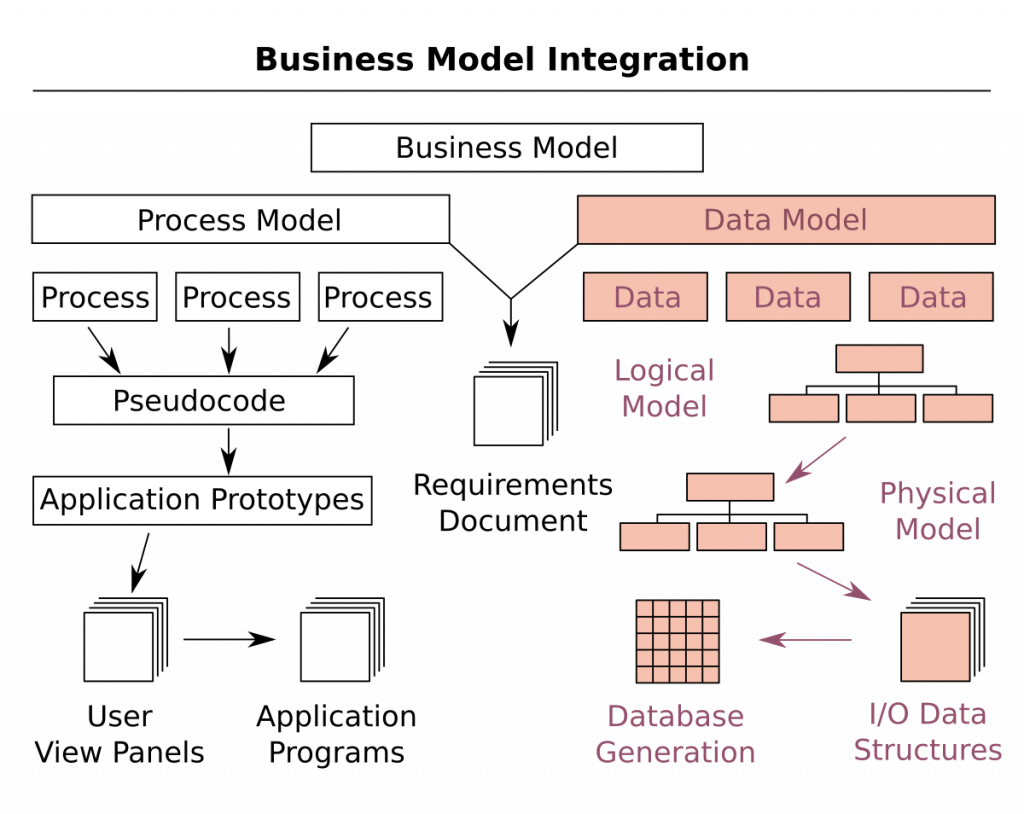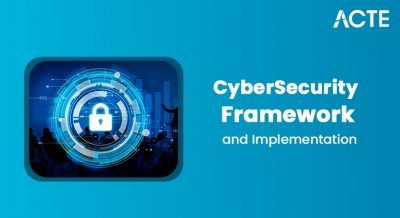
- Understanding the Role of a Backend Developer
- Essential Backend Developer Skills
- Key Technologies for Backend Development
- Choosing a Backend Programming Language
- Building a Backend Development Portfolio
- Working with Databases and Data Models
- RESTful APIs and Web Services
- Authentication and Authorization in Backend Development
- Continuous Learning for Backend Developers
Understanding the Role of a Backend Developer
Backend development is the backbone of most web applications, ensuring smooth and secure interactions with dynamic Web Services and mobile apps. While frontend developers focus on the visual and interactive elements that users directly engage with, backend developers are responsible for everything behind the scenes. Their primary role is to build, maintain, and scale the server-side logic, Web Designing and Development Courses , and APIs that power applications. A backend developer works with technologies like databases, server logic, application programming interfaces (APIs), and server infrastructure to ensure that data flows directly between the server and the client. They handle requests from the front end, process them, and return the appropriate response. Additionally, they are involved in optimizing performance, implementing security measures, and ensuring high availability.
Essential Backend Developer Skills
Backend development requires a diverse skill set to ensure that applications are functional, secure, and scalable. Here are the key skills every backend developer should master:
- Programming Languages: Backend developers must be proficient in at least one programming language, such as Python, Java, Ruby, PHP, C#, or Node.js. Each language has its strengths, and developers often choose the one that best suits the project’s needs. For example, Python is popular for data-heavy applications, while Node.js excels in real-time web applications.
- Database Management: Backend developers must have a strong understanding of databases. They should be familiar with relational databases (SQL) like MySQL, PostgreSQL, and SQLite, as well as non-relational databases (NoSQL) like MongoDB, Redis, and Cassandra. They should also understand database normalization, indexing, and optimization techniques to ensure efficient How to Become a Web Developer handling.
- API development: Application programming interfaces are a critical part of backend development. Developers must create, maintain, and secure RESTful or GraphQL APIs that allow data to be exchanged between the frontend and backend systems. They should also be adept at understanding HTTP protocols and designing functional and scalable application programming interfaces.
- Security: Security is a top priority in backend development. Developers must be familiar with encryption, hashing techniques, and secure communication protocols to safeguard data. Knowledge of common security vulnerabilities (like SQL injection and cross-site scripting) and how to prevent them is also essential.
- Version Control/Git: Backend developers use version control systems, such as Git, to manage and track changes to the codebase. Git allows developers to collaborate more effectively and helps maintain a history of the project’s changes.
- Cloud Platforms & DevOps Tools: Lead Backend Developer must be familiar with cloud platforms (like AWS, Azure, or Google Cloud) and DevOps practices, such as CI/CD (Continuous Integration/Continuous Deployment), containerization with Docker, and orchestration with Kubernetes. These tools enable developers to deploy, manage, and scale applications efficiently.
- Web Servers: Web servers like Apache, Nginx, and Microsoft IIS are essential for handling HTTP requests and serving the application’s backend. These servers are key in processing requests, managing static content, and routing traffic to the correct resources.
- Databases: As mentioned earlier, databases are crucial for storing and retrieving data. Relational databases like How to Implement Magnific Popup Responsive in jQuery and PostgreSQL are commonly used for structured data, while NoSQL databases like MongoDB, Cassandra, and Firebase are better suited for unstructured data.
- Frameworks: Frameworks such as Django (Python), Spring (Java), Express (Node.js), and Laravel (PHP) offer developers a structured way to build backend web applications. These frameworks provide pre-built components and libraries that simplify routing, authentication, and database management tasks.
- Message Queues: Backend developers often use message queues, such as RabbitMQ, Kafka, and SQS, to manage communication between distributed systems and microservices. These tools enable asynchronous communication, improving the system’s scalability and reliability.
- Caching Systems: Caching systems like Redis and Memcached help improve performance by storing frequently accessed data in Web Developer Certification Courses, reducing the load on databases and speeding up response times for end users.
- Search Engines: In many applications, Backend Framework integrates engines like Elasticsearch to provide advanced search functionality, helping users find relevant information quickly and efficiently.
- Python: Python is known for its simplicity and versatility. It is particularly favored for its rich set of libraries and frameworks (like Django and Flask), making it an excellent choice for startups and projects involving data science or machine learning. Python’s readability and developer productivity are key benefits.
- JavaScript (Node.js): Node.js is a How to Work with Forms in JavaScript environment for executing JavaScript on the server side. It allows developers to use JavaScript for both the front and back end, simplifying the development process. Node.js is particularly useful for building scalable, real-time applications like chat and live-streaming Backend Services.
- Java: Java is a robust, object-oriented language commonly used in enterprise-level applications. It is known for its reliability, scalability, and cross-platform capabilities, which make it ideal for large-scale, high-performance applications.
- Ruby: Ruby on Rails is a popular framework for backend development, particularly for startups and small teams. Its convention-over-configuration philosophy makes it easy to build applications quickly. Ruby is known for its simplicity and developer-friendly environment.
- PHP: PHP is a widely used server-side scripting language known for its ease of use and integration with MySQL databases. It is commonly used in content management systems (CMS) like WordPress and is suitable for building web applications and dynamic Web Services.
- C#: C# is a backend language primarily used in Microsoft’s .NET framework. It is highly regarded for its performance and is ideal for building enterprise-level applications, especially in Windows-based environments.
- Showcase Projects: Include a variety of projects that demonstrate your skills. These could range from simple CRUD (Create, Read, Update, Delete) applications to more complex systems such as e-commerce platforms, content management systems, or Backend Services architectures.
- Include GitHub Repositories: Ensure that your projects are stored on GitHub or another version control platform. What is Angular? demonstrates your ability to collaborate and manage code and provides a public record of your work.
- Write Documentation: Good documentation is vital for any project. It helps others understand your code and makes it easier for potential employers or collaborators to work with your codebase.
- Focus on Real-World Applications: Your portfolio should focus on projects that solve real-world problems. This could include building APIs, implementing security features, or optimizing a system for performance.
- Highlight Relevant Technologies: Tailor your portfolio to highlight the most relevant skills to the jobs you are targeting. For example, if you want to work with cloud platforms, include AWS or Azure projects.
- Authentication: This process verifies a user’s identity, typically through login credentials like a username and password. Developers often use OAuth or JWT tokens for secure, stateless authentication.
- Authorization: After authentication, authorization determines what level of access the authenticated user has. For example, an admin may have more permissions than a regular user.
- Best Practices: Backend developers should implement secure practices, such as hashing passwords (using bcrypt or PBKDF2), rate limiting, and using HTTPS to protect data in transit.
- Backend Frameworks and Tools: Backend frameworks help developers streamline the process of building server-side applications. Standard tools and frameworks include Django (Python), Express.js (Node.js), and Spring Boot (Java). These frameworks offer built-in features like routing, session management, and database integration, reducing the amount of manual coding required.
Master Web Development skills by enrolling in this Web Developer Certification Courses today.
Key Technologies for Backend Development

Enhance your knowledge in Web Development . Join this Web Developer Certification Courses now.
Choosing a Backend Programming Language
Choosing the correct backend programming language is a critical decision for developers. The choice depends on the project’s requirements, scalability needs, developer proficiency, and community support. Here’s a brief overview of some popular backend languages:
Building a Backend Development Portfolio
A strong portfolio is essential for showcasing your backend development skills to potential employers or clients. Here’s how to build an impressive portfolio:
Advance your Web Development career by joining this Web Developer Certification Courses now.
Working with Databases and Data Models
One of the most crucial aspects of backend development is working with databases. A solid understanding of how to design and interact with databases is essential for ensuring data is appropriately stored, retrieved, and manipulated. Here’s how backend developers can effectively Backend Frameworks with databases Database Design Backend developers must know how to design data models that represent the application’s real-world relationships. Typescript vs Javascript involves creating normalized tables, defining primary and foreign keys, and ensuring data integrity. SQL and NoSQL Databases Depending on the use case, backend developers must choose between SQL and NoSQL databases. SQL databases are ideal for structured data with predefined schemas, while NoSQL databases are suited for unstructured data or when scalability is a priority. Optimizing Database Performance Query optimization, indexing, and caching strategies are essential for improving database performance. Understanding how to write efficient queries and optimize them for speed is crucial for Lead Backend Developer. Database Security Ensuring the security of database interactions is critical. Developers should be familiar with encryption, access control, and secure database practices to prevent unauthorized access and data breaches.

RESTful APIs and Web Services:
RESTful APIs are the backbone of modern backend development. They allow the front and backend to communicate using HTTP requests and responses. Here’s what backend developers need to know: Designing RESTful APIs REST (Representational State Transfer) is an architectural style for designing networked web applications. It emphasizes simplicity and scalability, relying on HTTP methods like GET, POST, PUT, and DELETE for interaction. Endpoints and Resources In a RESTful API, resources (data entities) are accessed through specific endpoints. A good application programming interfaces should have clear and logical routes, such as /users, /products, and /orders. AuthenticationTo secure APIs, backend developers must implement authentication mechanisms, such as API keys, OAuth, or JWT (JSON dynamic Web Services Tokens).
Preparing for Web Development interviews? Visit our blog for the best Web Development Interview Questions and Answers!
Authentication and Authorization in Backend Development
Authentication and authorization are critical Angularjs vs Jquery of backend security. Here’s a breakdown:
Continuous Learning for Backend Developers
Backend development is a constantly evolving field. Continuous learning through courses, documentation, and hands-on experience is crucial to staying current with new technologies, tools, and best practices. The job Web Designing Training for backend developers is strong, with demand across various industries, including e-commerce, finance, healthcare, and more. As developers gain experience, they can move into roles like Lead Backend Developer, Solutions Architect, or DevOps Engineer.




